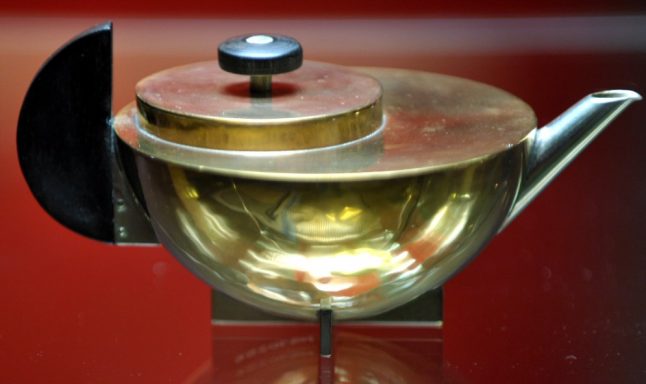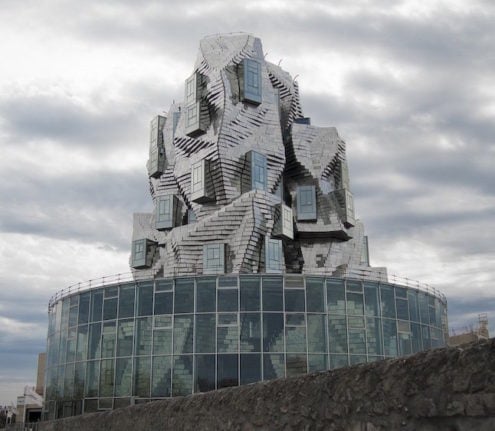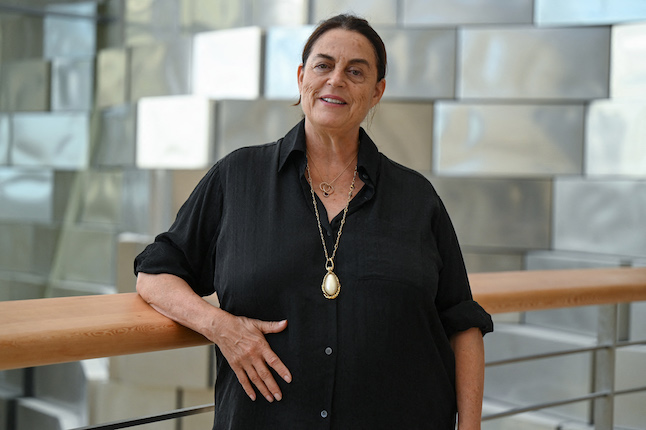The movement, based on the “form follows function” principle, revolutionised the practices of artists and artisans during 14 short years of existence before Adolf Hitler ran it out of Germany.
In sending its disciples including Walter Gropius, Ludwig Mies van der Rohe and Marcel Breuer into exile abroad, the Nazis ironically ensured the school's ideas would germinate the world over.
Here are some of the best-known creations by Bauhaus's daring designers that have transformed the way we see the world:
'White City' of Tel Aviv
.jpg)
Photo:DPA
Bauhaus may be best known for its architecture and no city in the world has a larger collection of buildings in its style than Tel Aviv, where it is designated as a UNESCO World Cultural Heritage site.
Designed from the 1930s by German Jewish architects fleeing the Nazis, the more than 4,000 remaining “White City” apartment buildings — named for their pearly facades — became affordable housing for new arrivals.
But unlike their predecessors built for the German climate, the Tel Aviv constructions used less glass and added balconies that could capture cool breezes off the Mediterranean to help their residents beat the heat.
Breuer chair
.jpg)
Photo: DPA
The iconic low-slung “Wassily Chair” was designed by Marcel Breuer in 1926 and seen as revolutionary at the time for its use of bent tubular steel and leather.
It is still a huge hit in the design world although it was not, as often thought, named for the Russian abstract painter Wassily Kandinsky, another Bauhaus acolyte and a friend of Breuer's.
It was only in the 1980s, when the chair was being copied by other designers, that it was dubbed the “Wassily Chair” for marketing reasons.
Brandt teapot
.jpg)
Photo: DPA
The Bauhaus was aesthetically radical but also had a reformist vision for society during its rocky tenure in Germany between the world wars.
It was one of the first technical schools to admit women and had rough gender parity among its student body in Weimar, where the university still teaches Bauhaus principles on the historic campus.
While Gropius tried to consign women to weaving and other traditionally “feminine” disciplines, a few trailblazers such as Marianne Brandt also worked in heavier materials.
Her 1924 metal teapot, with an intelligently placed spout for easier pouring, had a giant impact for its whimsically angular geometry exuding a sense of harmony.
A household object once stored in cupboards became a design milestone destined for modern art museums.
Wagenfeld lamp
.jpg)
Photo: DPA
The simple white hemispheric lamp on a glass cylinder and base is a prime example of the smooth, clean lines for which Bauhaus is known.
Created in the 1924 by Wilhelm Wagenfeld, the desktop masterpiece became a de rigueur bureau appointment, including in Gropius's own office in Weimar.
Bauhaus critics have noted that as time has passed, the school's streamlined, sometimes sterile look has strayed far from its egalitarian origins to become an elitist status symbol.
Even copies of the Wagenfeld lamp now run upwards of 400 euros.
READ ALSO: How Bauhaus designed the world as we know it




 Please whitelist us to continue reading.
Please whitelist us to continue reading.
Member comments